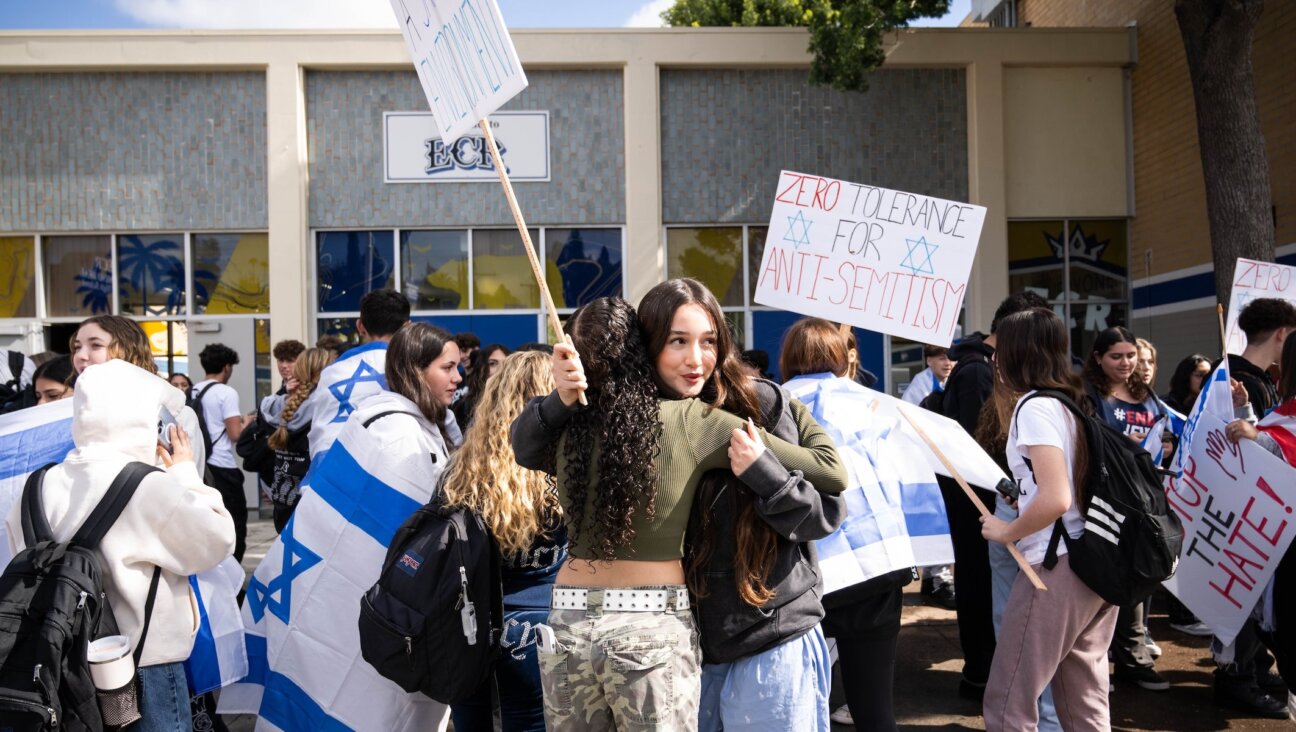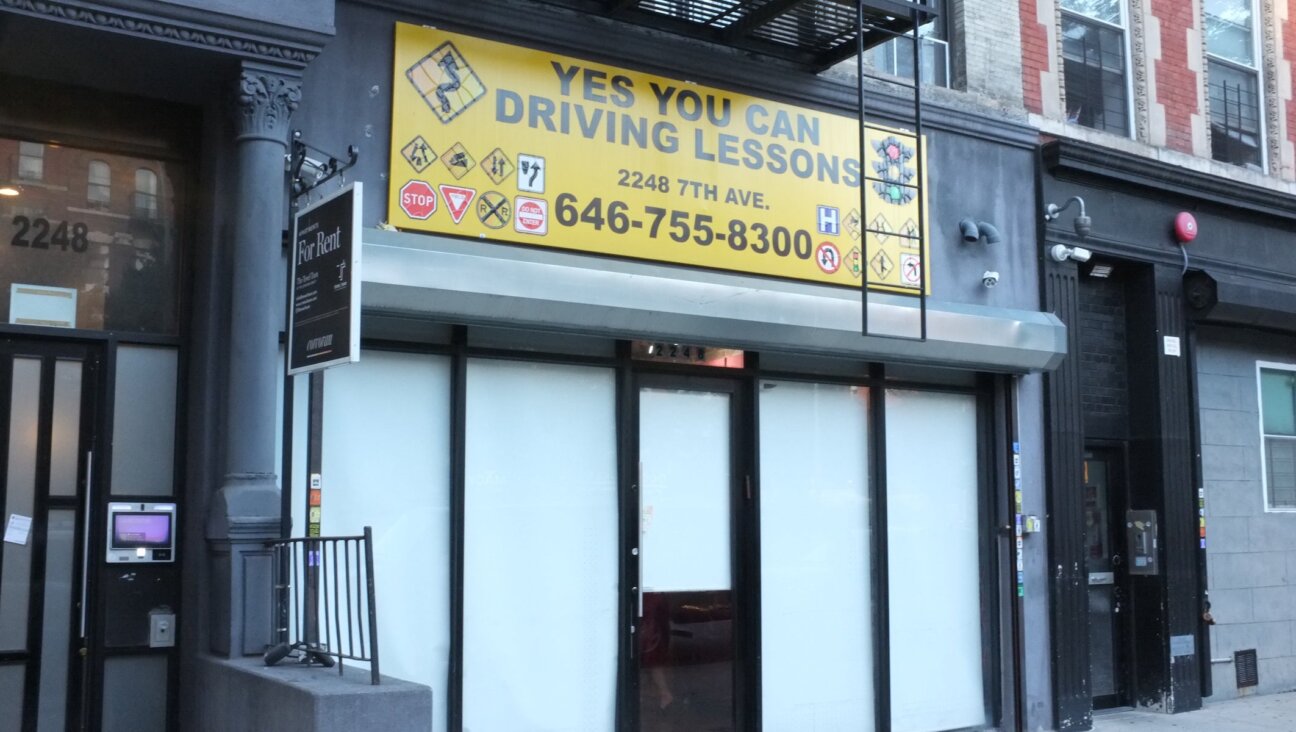Holier-Than-Thou Screeds, Circa 1905
Over the past century, not much has changed in the way American Jews mark the High Holy Days. Then, as now, Rosh Hashana and Yom Kippur had as much to do with excess, with spending gobs of money on new clothes, lavish meals, elaborate greeting cards and expensive synagogue seats as they did with restraint and introspection.
Back then, however, this behavior occasioned considerable public comment, where today it does not. Year after year, well into the interwar era, the pages of Jewish newspapers were filled with overt expressions of dismay at the way American Jews typically conducted their affairs. Taking their cue from the liturgical practice of breast-beating, American Jewry’s cultural authorities indulged in its sociological equivalent, finding fault with some of the more troubling aspects of modern Jewish life, from the idiosyncratic, episodic nature of synagogue attendance to women’s fashions.
The phenomenon of “Yom Kippur Jews,” those who attend services three times a year only to absent themselves for the remaining 362 days, generated editorials by the handful. When the High Holy Days arrive, American Jews “suddenly come up out of the ground for the purpose of repeating the ancient prayers,” related the American Hebrew in 1905, puzzled by this momentary “shiver of religiosity.” What is it about American Jewry, it wondered, that accounts for this behavior?
A year later, when much the same thing threatened to happen, the American Hebrew again took American Jews to task for failing to support their synagogues on a regular basis. Religious life in the New World cannot flourish unless American Jews hold themselves accountable, it editorialized. Where in Europe synagogues were funded by the government, the American synagogue was wholly dependent on the financial good will of its members, making it the most democratic of institutions. Be sure, then, to support your local synagogue, charged the American Hebrew. It’s your duty as Jews and as Americans.
Not surprisingly, those who refused to step foot in a house of prayer, preferring instead to “flaunt their atheism” by marking Yom Kippur with a sandwich or, worse still, by attending one of a number of so-called “Yom Kippur Balls,” also aroused the indignation of the more traditionally minded press. In an act calculated to “antagonize” the religious Jews of Chicago, or so reported the Jewish Daily Courier in 1906, several Bundists actually went so far as to stand in front of a number of Windy City synagogues and distribute invitations to a Yom Kippur dance. That same year in New York, fistfights broke out on Yom Kippur between two rival groups of freethinkers. The police, reported the press, had to step in to “disentangle the participants.”
Almost as disturbing, it seems, was what women wore to synagogue. For several weeks in 1884, the pages of the Jewish Messenger carried heated exchanges among readers who weighed in on what they took to be the extravagant, discordant nature of women’s attire. “It seems to me about time that our rabbis and wise men should devise some uniform bonnet and dress for Jewesses on Yom Kippur,” declared one male worshiper whose sensibility, both religious and sartorial, was apparently affronted by the sight of “ladies in blue and black feathers, in white and red hats, in green and brown silk, in all the colors of the rainbow.” What we need today, he said, is a “little less style and a little more sincerity.” His male co-religionists agreed. Why is it, added another, that “our Jewesses glitter and glimmer” when at prayer? “Is our Temple, that sacred edifice, the place for the gathering of gaudy styles? Should Fashion have its bazaar there? No!”
Women, to be sure, viewed things quite differently. For one thing, they rejected the idea that looking good invariably stood in the way of prayer: A woman could be dressed to the nines and still feel profound religious emotion, they insisted. For another, many felt strongly that fashion was a private matter, not a communal one. One member of the gentler sex, wittily styling herself “Flora Furbelow,” took great umbrage at the notion that what she wore should be a topic of collective concern and, in no uncertain terms, told the Jewish Messenger to butt out.
“We are living in America,” she said, “and if we [women] choose to wear a bottle green dress, a red bonnet and a purple feather on Yom Kippur, I say it’s nobody’s business.” Amen to that!
To all the Flora Furbelows, Bundists and shul-goers among us, I bid you a shana tova. Happy new year.















